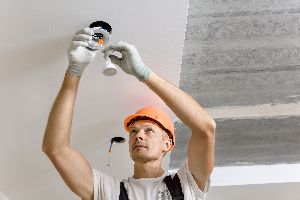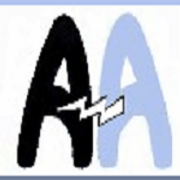
Known for its customizability and modern aesthetic, recessed lighting makes the perfect addition to any home. If you're considering having an electrician install this feature, you'll first need to decide between insulated contact (IC) and non-IC varieties. The following guide highlights everything you must know about these two options to help determine which will best suit your needs.
What Is IC-Rated Recessed Lighting?
This type of lighting features an insulated cover around the bulb. It helps preserve the emitted heat and keeps the outer part of the fixture from overheating. Most lights with an IC rating can handle between 75 and 100 watts.

An IC-rated fixture has a thermal safeguard that will trip or switch off the light if it gets too hot. That's because it can only handle a low-power bulb. For this reason, your electrician will use a product that doesn't exceed the recommended wattage, protecting your home from combustion that can lead to a fire.
Why Is It Better Than Non-IC Recessed Lighting?
The primary concern with non-IC recessed lighting is the increased risk of fire hazards. Because this option does not regulate temperatures, it requires an extra buffer between the casing and the surrounding home insulation. Without at least 3 inches of clearance between these materials, the chances of the light bulb overheating and creating a fire are incredibly high.
Non-IC recessed lighting also isn't as energy-efficient as the alternative. Its increased heat transfer can warm the home, causing the home's HVAC system to work harder than usual to maintain a comfortable temperature. As a result, it increases a homeowner's utility bills.
If you're interested in adding IC-rated recessed lighting to your home, turn to the knowledgeable electricians at AA Electric in Honolulu, HI. For nearly 80 years, these experts have provided residents throughout the state with various electrical services, from installations to repairs. Call (808) 841-4131 to schedule an appointment, or visit their website to learn how they can safely and efficiently upgrade your electrical system.
About the Business
Have a question? Ask the experts!
Send your question

